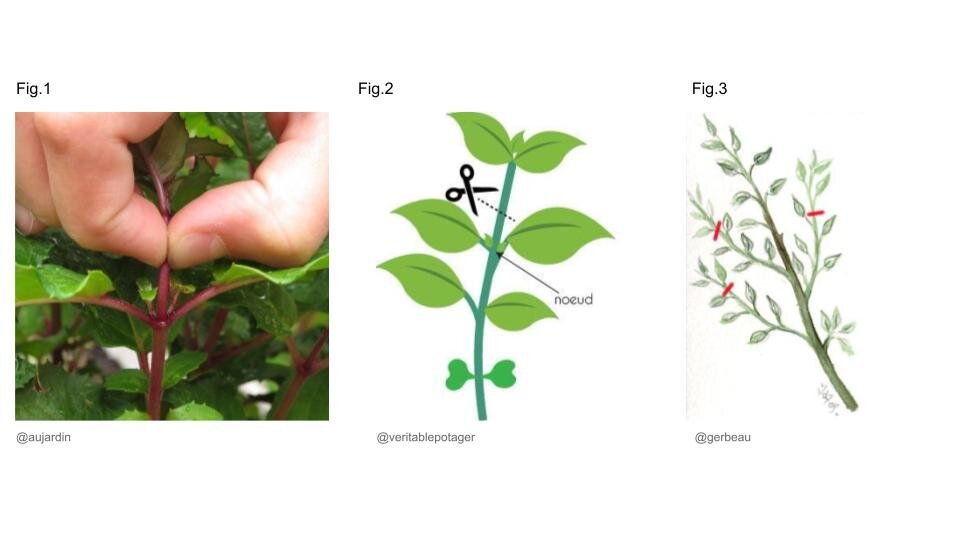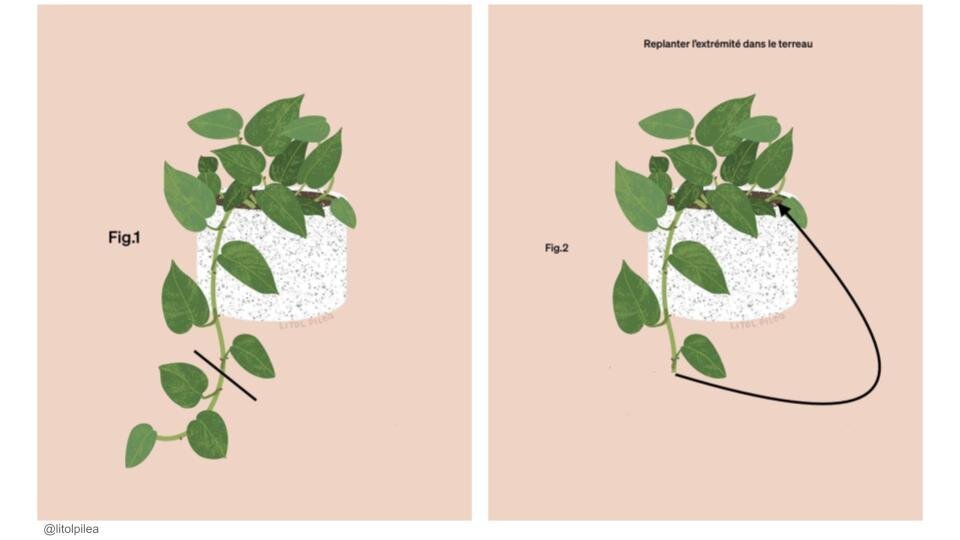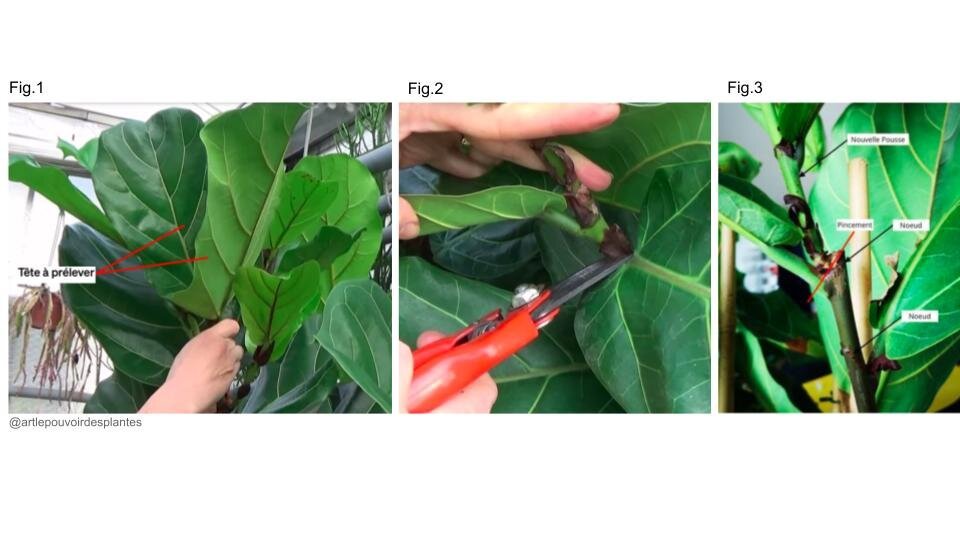Pruning and pinching of indoor plants
Houseplants can bring a touch of nature and color to any room in your home. However, to keep your plants healthy and thriving, it is important to maintain them properly. One of the most important techniques for maintaining houseplants is pruning and pinching. By pruning and pinching your plants, you can help them grow in a more organized manner and control their growth. This article will explain in detail how to prune and pinch houseplants to keep them healthy.
WHY PRUNE ?
Unlike outdoor plants that can quickly become invasive, pruning indoor plants is not an absolute necessity every year. It is useful in the following cases:
To reduce the volume of a plant that is becoming too invasive
To make your plant more bushy
To give it a new shape
To multiply your plant
WHAT IS PINCHING ?
Pinching is a similar technique to pruning, but it simply involves pinching the tips of branches to encourage them to branch out and grow more densely. This technique is often used for thick foliage houseplants to help them maintain a more compact and organized shape
Pinching - as its name suggests - can be done without tools, using only your fingers. Simply cut off the young shoots at the ends of the stems by pinching them with your fingers in order to provoke the development of the remaining shoots and thus densify the foliage of your plant (Fig.1). Cut just above a node (Fig.2). You can pinch several stems (Fig.3). The pinching technique also applies to plants with thicker stems such as ficus, in which case you should use a sharp tool to ensure a clean cut (see point 3).
WHEN TO PRUNE ?
Early spring is the ideal time to prune and pinch your indoor plants. Spring is considered the best time to prune plants because this is when vegetation begins to wake up after the winter rest period. Warmer temperatures and more light stimulate plant growth, making them stronger and more resilient after pruning. In addition, pruning in early spring prevents damage to buds that are beginning to develop for the new growing season. Finally, doing the pruning in early spring allows you to better see the structure of the plant, which can help in making the most appropriate pruning decisions.
HOW TO PRUNE ?
Several pruning techniques exist, they will depend mainly on the type of plant. You can for example prune excess branches: Identify the longest, bulkiest branches on the plant and cut them off just above a healthy bud. Avoid cutting branches just above a leaf, as this can affect the plant's growth. In all cases, pruning must be done with :
Pruning shears: for cutting larger or harder branches.
Angled pruning shears: for cutting branches at a slanted angle, which helps minimize damage to the plant.
Curved pruning shears: for trimming branches in hard-to-reach areas.
Gardening gloves: to protect your hands from thorns or cuts. and well disinfected after each plant.
Finally, don't forget to clean your tools regularly to prevent disease transmission between plants.
PRUNE TO REDUCE THE VOLUME OF A PLANT WHICH BECOMES TOO INVASIVE
Cut the most rebellious stems and leaves at their base. Give priority to the stems on the sides without ever cutting more than 30% of the plant.
add some greenery to your decor !
Plants can serve as a focal point in a room, bringing a touch of life and visual interest to your decor. With different shapes, sizes and colors available, you can easily find plants to match any decorating style.
PRUNE, PINCH TO MAKE YOUR PLANT MORE BUSHY
Tested and approved on the Pothos Cascade !
Cut 1/3 of the length of the stem just above a node (fig.1). Then, replant the new end directly in the soil (fig.2). This operation is best done when repotting. Repeat the operation on the longest stems of your plant. The end of the removed stem can be cutted (see point 4. pruning to multiply your plant)
3. PRUNE, PINCH TO GIVE A NEW SHAPE TO YOUR PLANT
Tested and approved on ficus Elastica, ficus Lyrata, ficus Audrey, ficus Belize!
This operation will ramify your plant: it will develop more in width, without stopping its growth in height. Select a head at the ends (Fig.1) and cut just above a node (Fig.2 and 3). Latex will flow from the wound, so use a hand and floor protector. After a few weeks, a new shoot will appear (Fig.3). The removed head can be cutted.
4.PRUNE, PINCH TO GIVE A NEW SHAPE TO YOUR PLANT
Tested and approved on ficus Elastica, ficus Lyrata, ficus Audrey, ficus Belize!
This operation will ramify your plant: it will develop more in width, without stopping its growth in height. Select a head at the ends (Fig.1) and cut just above a node (Fig.2 and 3). Latex will flow from the wound, so use a hand and floor protector. After a few weeks, a new shoot will appear (Fig.3). The removed head can be cutted.




